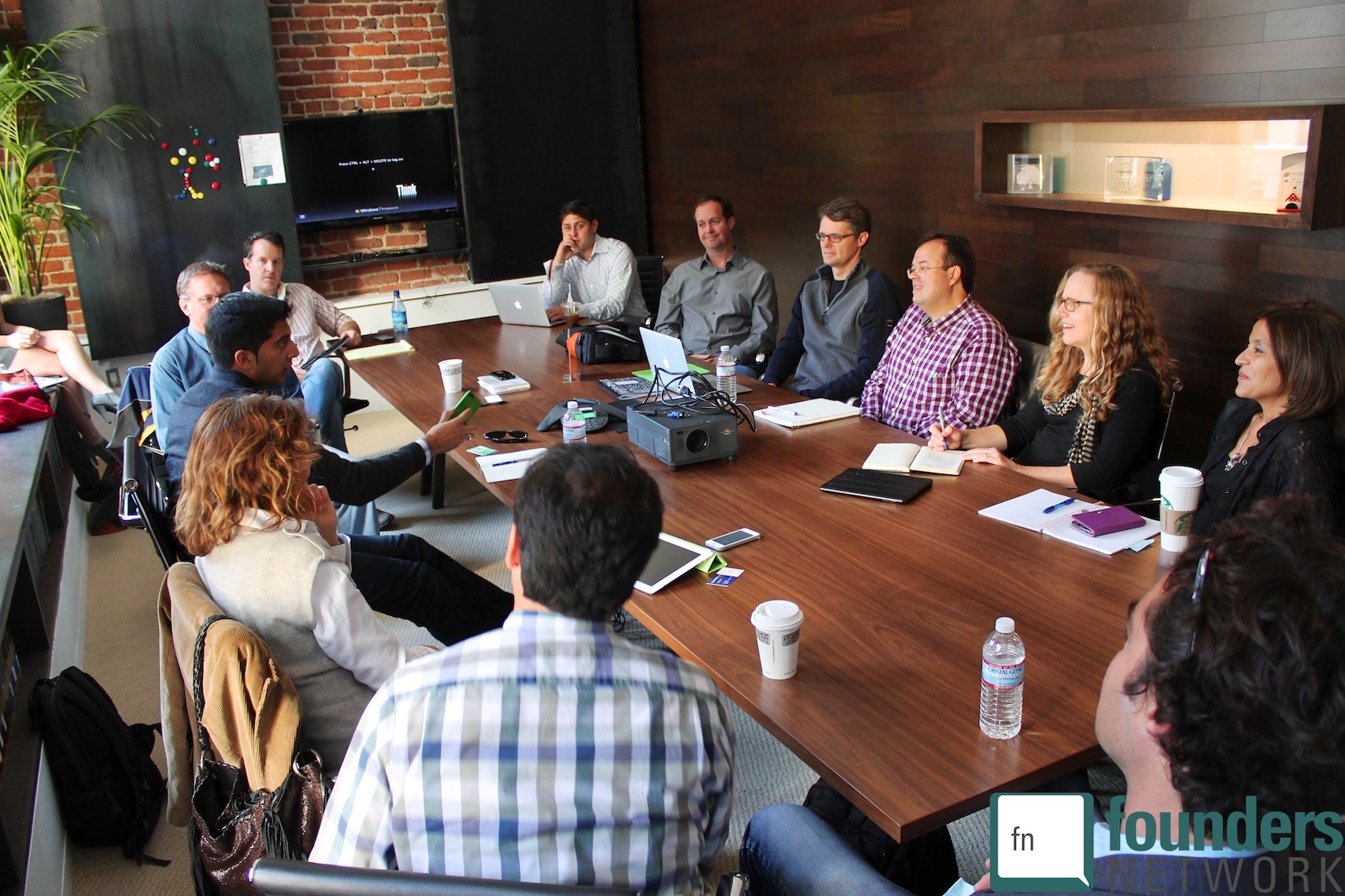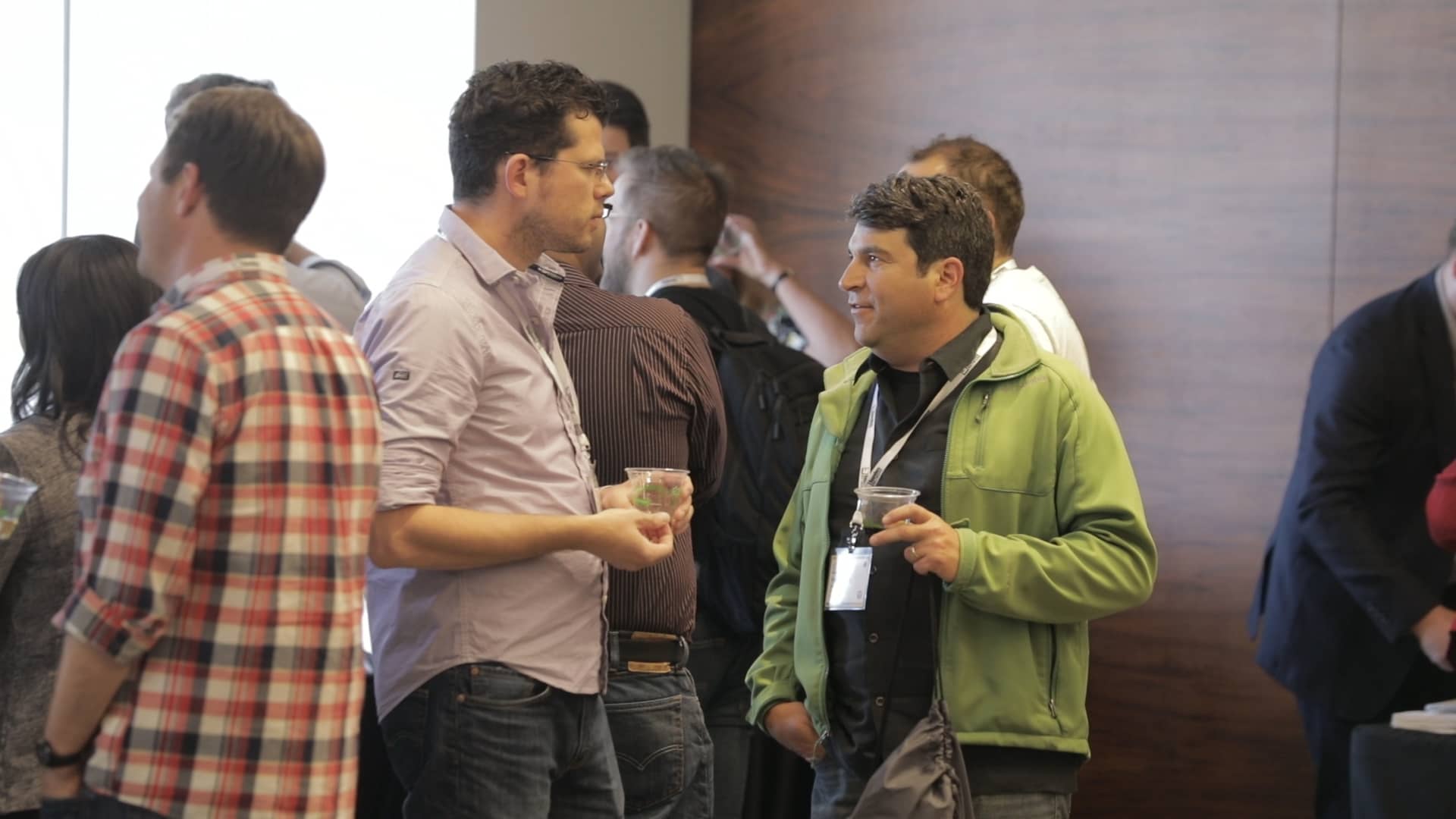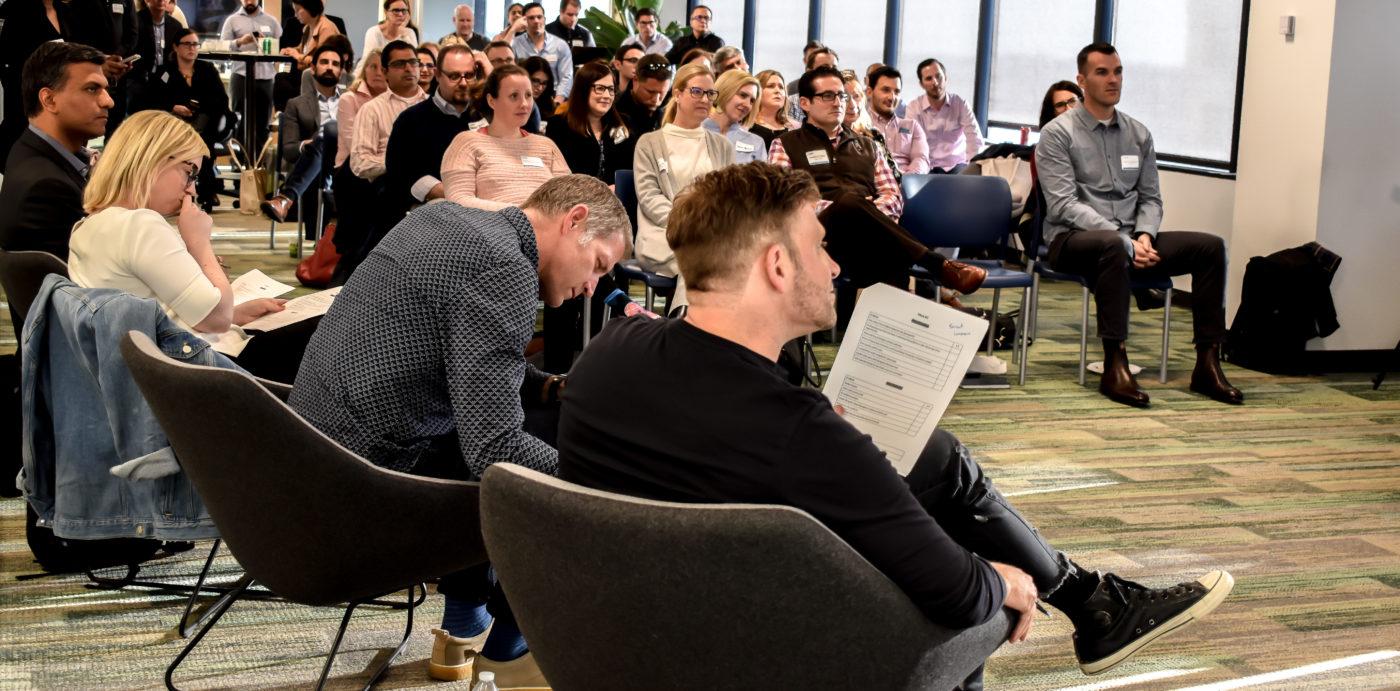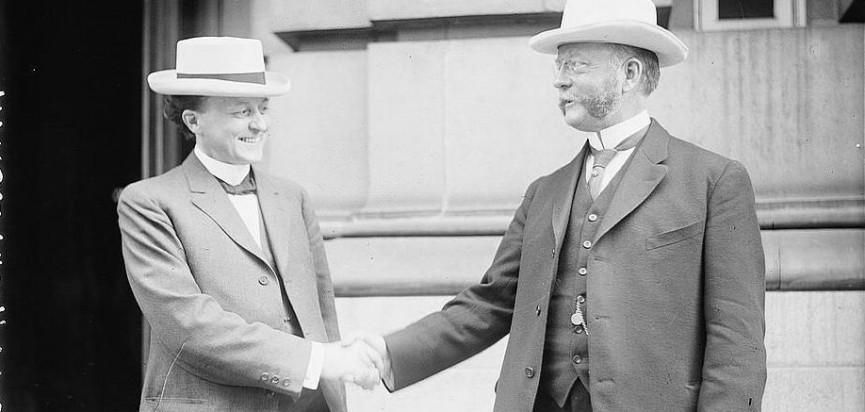
A few months ago, Dan Uyemura sent a public request for advice to the Founders Network community. Almost immediately he received an email from James Romeo. Soon after, despite having never met in person, the two founders announced a partnership between their companies. Now Dan’s PushPress, a SaaS product that helps gyms manage billing and membership, can take advantage of the member scoring capabilities of James’ Cure Analytics, allowing PushPress customers to identify at-risk members and take action to keep them from cancelling.
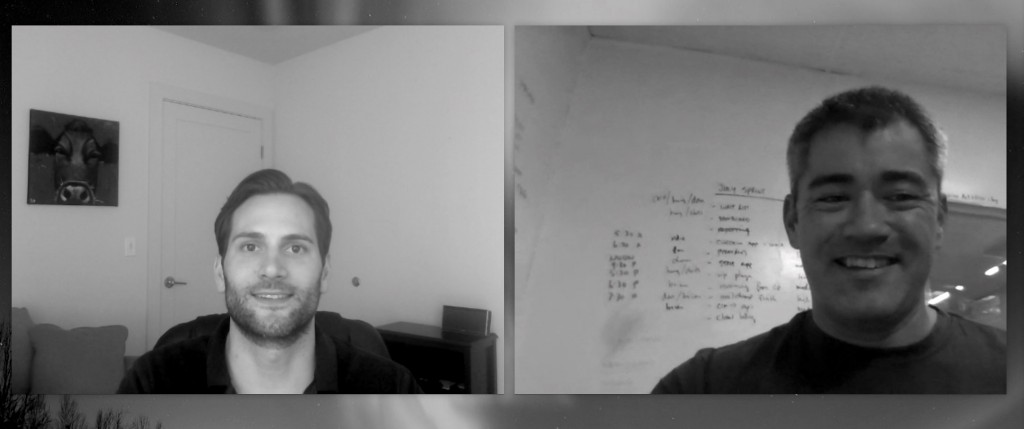
James Romeo of Cure Analytics (left) and Dan Uyemura of PushPress have never actually met in person, so here’s a photo from one of their video calls!
When did you join Founders Network and why?
Dan: I’d been working at PushPress for a few years and we were at the point where we were starting to look for funding. I was talking to my friend, who’s a member of Founders Network, and he recommended I join. He told me there are always events you can go to and lots of contacts you can make, advice you can get—so I signed up.
James: I was just starting off with Cure Analytics, trying to productize a lot of the work I had done earlier in the services world. I was urged to sign up for Founder’s Network and thought it would be a good way to tap into a larger network of people who could potentially help me figure out how to bring this product to market. I love that when you need help and reach out, people are very responsive. And obviously I think it’s paying off with this partnership.
When you need help and reach out, people are very responsive.
How did you guys first meet and get acquainted?
James: Dan sent out a note on the network about his gym software, and asking for advice. We were just starting to take our product to market, and we had done a lot of work in the health and wellness space. I think I just sent Dan a cold email.
Dan: I immediately thought it was a natural fit. We were already thinking about building predictive analysis tools, and then James brought it up. I thought, if I don’t have to build it myself, that makes so much sense.
Can you tell us about the partnership and why it has the potential to help your businesses?
James: This is something that Cure Analytics has be interested in for a long time. We are a relatively new product and this partnership will allow us to reach a wider market right out of the gate. To start out, we’ll be embedded in other products, like PushPress, but, we are planning to develop a full predictive marketing platform that the end customers can use, too.
This partnership will allow us to reach a wider market right out of the gate.
Dan: I can basically boil down the business of owning a gym to two things: finding new clients and keeping clients happy. Owners spend a lot of time and energy on getting clients, but most don’t even know what their retention rate is. With the attrition score Cure Analytics helps us provide, we give owners insight into that second half of the equation.
James: To put that in perspective, we were doing some consulting work with a bay area gym with about 300,000 members. They spend $30 million a year to acquire new members, but half of those leave every year. Considering that acquiring a new member can be seven-times as expensive as keeping a current one, helping them track churn was very important.
Dan: My clients are mostly gym owners, and while they’re passionate about helping people get healthy, they’re usually less excited by the unsexy parts of running a business. We’re providing them with data so it’s simple for them to make better business decisions. The next generation of this partnership, I believe, will be a monthly service where we give gym owners specific things they can do to hold on to each individual customer.
How did you decide on the details? Have either of you built partnerships like this before?
Dan: We hadn’t done a partnership like this, but it seemed obvious this would provide value to both our end users, so we didn’t have to think about it too hard. We did some analysis and came up with mutually beneficial terms pretty easily; there were no forced negotiations or crisis points or anything.
The advice from the network really helped us avoid the potential pitfalls when forming a partnership.
James: In terms of actually crafting the agreement, I got some advice from the Founders Network and used that as a foundation. I just blasted it out to everyone, and folks messaged me back with ideas. Obviously there are a lot of potential pitfalls when forming a partnership, and the advice we got from the network really helped us avoid those.
Is there any advice you got that you’d like to pass along?
James: You have to go into the partnership with an open mind. Try to be as collaborative as possible. It doesn’t help to go in with a hard line and no flexibility. I recommend being as transparent as possible about what you need. It needs to work for everyone, so it works best if everyone just lays everything on the table.
I recommend being as transparent as possible about what you need.
Dan: Exactly. It’s called a “partnership,” so if you’re only worried about yourself, it’s not going to be successful.
How long did you guys know each other before bringing up the idea of a partnership?
James: It was quick. Just a couple months.
Would that have happened if you had met somewhere besides Founders Network?
Dan: Definitely not. There’s an extra sense of security in the community there. It’s very close knit.
James: There’s some big trust in the network because there’s social accountability, and people are pre-screened when they join. It’s the same reason it’s easier for us to get sit-downs with investors—we’re already pre-vetted.
Dan: And if you end up being an a–hole, you’re gonna get called out. [laughter]
============================
Interview by Miki Johnson and photos by Jackson Solway, cofounders of Job Portraits, a creative agency that helps startups hire more effectively by creating engaging, culture-focused content.
Cover photo credit: Pomerene & Redfield (LOC) via photopin (license)



